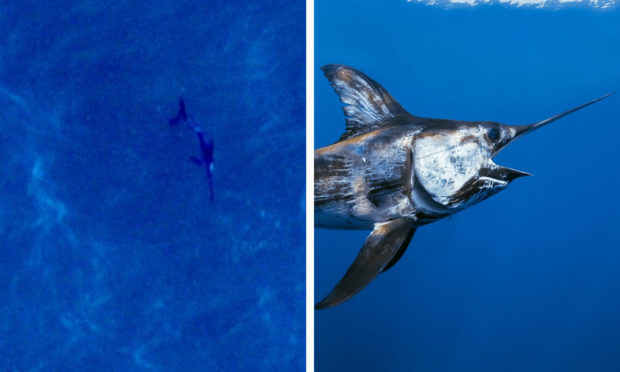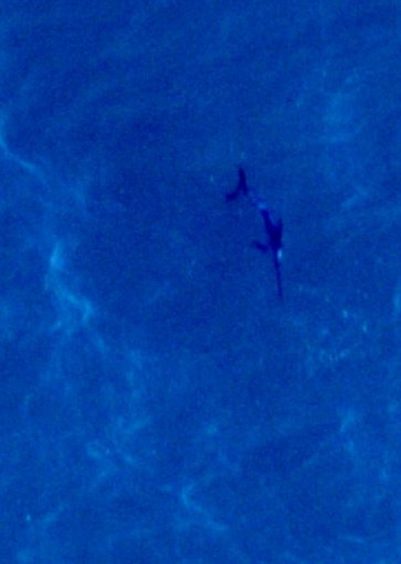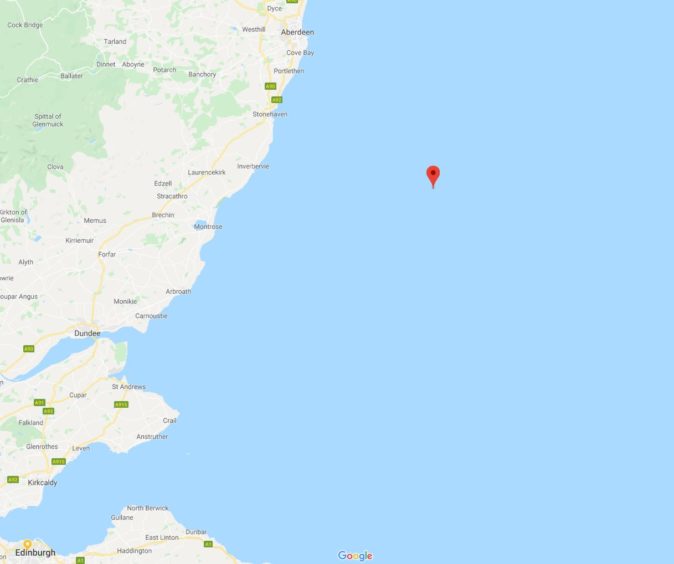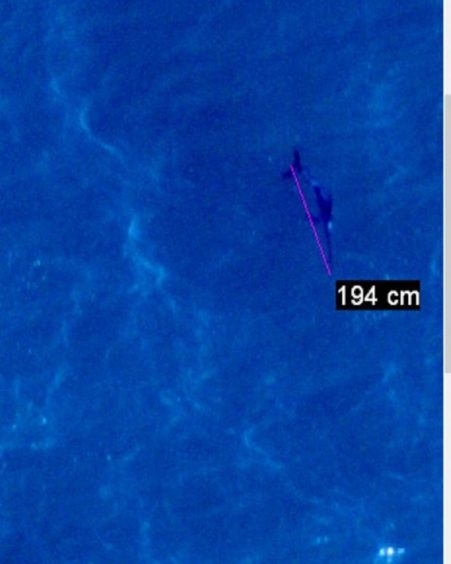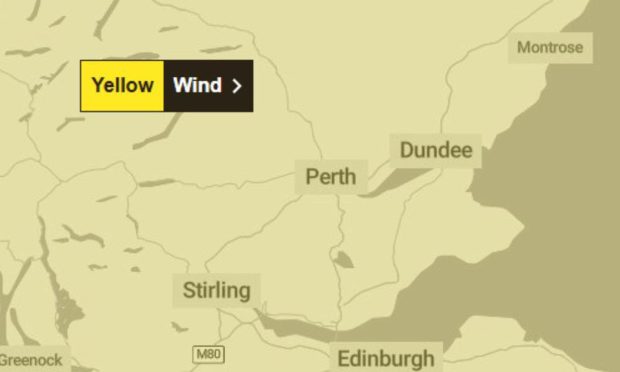Eagle-eyed experts involved in the development of what will become Scotland’s largest offshore windfarm have made a rare sighting of a spectacular marine visitor.
For only the second time in Scottish waters, a swordfish has been spotted thanks to an aerial wildlife survey being carried out on SSE Renewables’ Seagreen site off the Angus coast.
The remarkable capture was made by members of HiDef Aerial Surveying Ltd, whose ability to zoom in on an unusual shape in the water revealed the rare animal. It was spotted in the northern reaches of the coast between Angus and the Mearns.
After months of research, experts say they are confident the creature caught on camera in the chilly North Sea is the enigmatic species prized by game fishermen in warmer waters of the likes of the Caribbean.
Swordfish have washed up around the coast of the UK but the only recorded Scottish capture of one was in a River Forth trawl net more than a decade ago. The three-metre long fish had a bill a metre in length.
The aerial survey company had been commissioned by the renewable energy developer to undertake a series of digital aerial wildlife surveys over the offshore wind farm site, around 17 miles off the off the Angus coast.
Seagreen plan to site up to 114 turbines there in the £6 billion scheme which aims to deliver enough power for a million homes each year.
The work was part of a wider surveying exercise carried out by SSE Renewables, EDF Renewables and Red Rock Power Limited.
Whilst analysing video footage recorded from the site last August, ecologists noted an unfamiliar shape near the surface.
With the ability to zoom in up to 700%, the sequence of images showed the swordfish.
The large, highly migratory and predatory fish is characterised by a long, pointed bill and the creature, a juvenile, measured around two metres in length.
With only a single known previous recording in Scotland, a second opinion was sought to confirm the team’s identification.
Jim Ellis from the Centre for Environment, Fisheries and Aquaculture Science said: “The distance from the tip of the bill to the origin of the first dorsal fin is a high proportion of the fork length.
“Marlins etc. have a proportionally shorter bill and so the identification was ratified as a swordfish, although not quite fully grown.
Walter Golet, from the University of Maine School of Marine Science, was also confident in the identification.
He said: “Swordfish have a huge latitudinal range and by the picture it appears to have a flat bill, and marlins (the only other confusion species) are all round.”
HiDef associate sirector Martin Scott said: “We have seen some incredible things over the years but this one is particularly gratifying.
“It shows how aware and alert our team are, not just on a day-to-day basis, but when confronted with an obscure oddity.
“With the aircraft flying at 200km per hour and 1,800 feet up it really does just go to show how good our systems are at recording wildlife”
Seagreen consent manager Lis Royle said: “We’re pleased we’ve been able to help record the second ever spotting of a swordfish in Scottish waters.
“It’s our duty to ensure that our projects are built with a detailed understanding of the natural environment and whilst we don’t expect the Seagreen swordfish to make an appearance again it was great to be able to capture this incredibly rare sighting during our survey work.”
